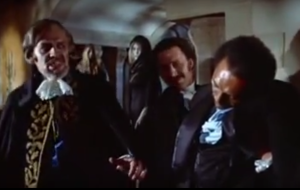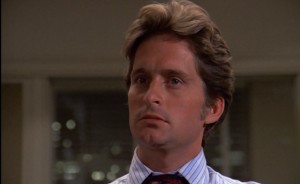“Dear Diary, why does no one understand me? P.S., I am not mad.”–Victor Frankenstein’s school friend Clerval, mocking him.
Why Finally? …and by “Mary Shelley’s,” we mean “now with Kenneth Branagh!” It’s time to sit down with a movie I’ve been putting off since the year it came out (and putting off even harder after I started watching all those Frankenfilms last year).
It would appear my timing is unusually good this week.
The Premise: I feel sure I’ve already mentioned somewhere on this site about Dr. Frankenstein and his habit of playing god with charnel leftovers; like Frankenstein: The True Story, this version hews close to the book, Arctic voyages and all. Victor F., spurred by the deaths of his mother and his mentor and possessed of an intellectual method best described as “better science through shouting,” creates his monster (Robert De Niro) using a steampunk contraption full of electric eels. He then promptly rejects it for being an icky sewn-together corpse—parents, am I right?— and the usual mayhem of a spurned monster ensues.
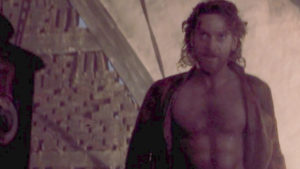
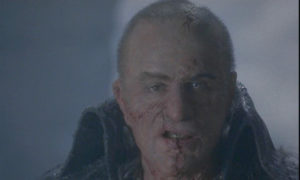
Of all the versions of Dr. Frankenstein I’ve seen, this is the only one I can imagine someone actually wanting to marry, even for a minute—probably because this movie has a much greater emphasis on the domestic side of the plot, and we become invested in his relationship with Elizabeth (Helena Bonham Carter). Considering how badly that goes—Victor even attempts a grotesque resurrection after the monster murders Elizabeth—it feels odd to say it’s refreshing, but over the last year I’ve watched far too many movies in which Frankenstein’s fiancée is dragged around the plot like an awkward piece of luggage.
The Verdict: I hope no one would be shallow enough to rate a movie adaptation solely on hairstyle design, but if anyone did, this would be considered the greatest movie ever made.
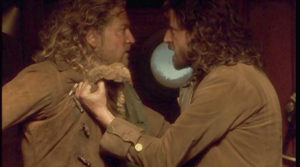
Mary Shelley’s Frankenstein is over the top, but in a way clearly drawn from its source material and which allows Branagh to chew all the scenery his handsome heart desires (I mean this as a compliment: big is what the man does best). The action sequences are excellent, as is the cast, and I lost track of the number of artists whose work seems to have influenced the sets, from Bosch hellscapes to Turneresque skies and far, far beyond. Really good.
Might go well with: Absinthe. Avoid meat during this movie at all costs; after all, it might come back for revenge.
Next time: Spydaddy longlegs.
